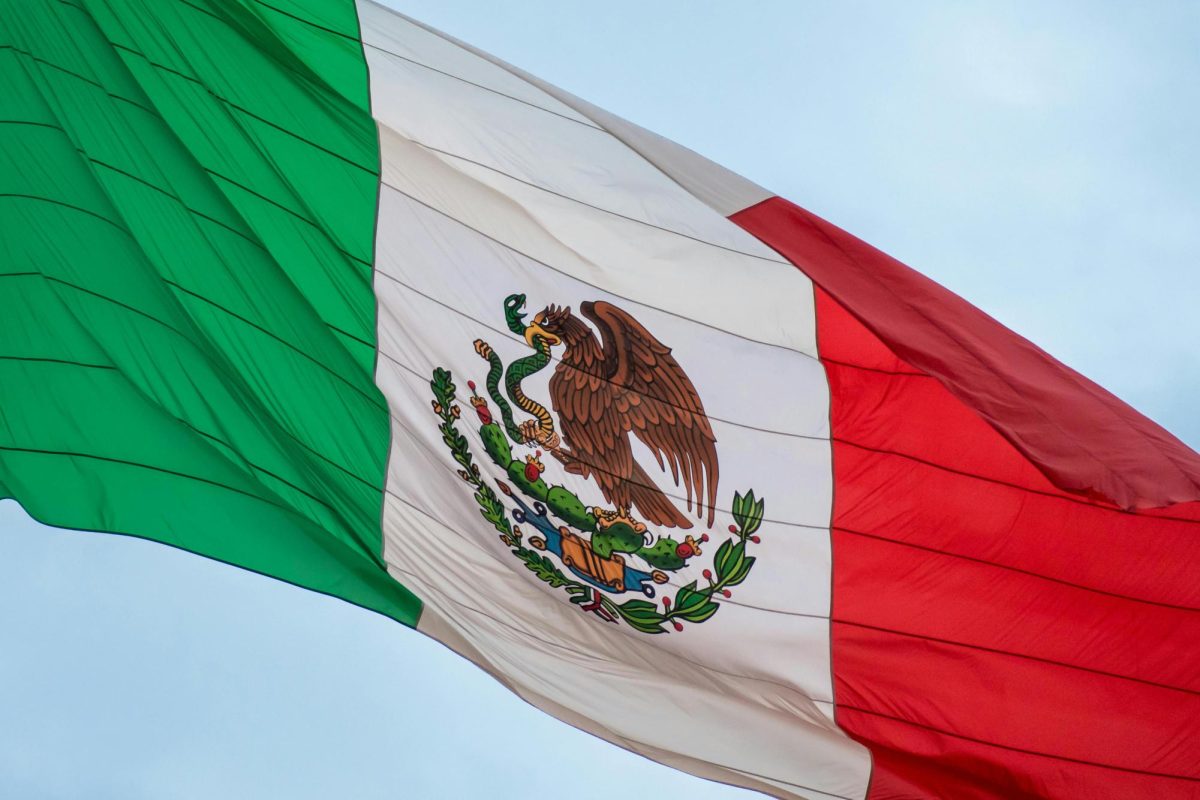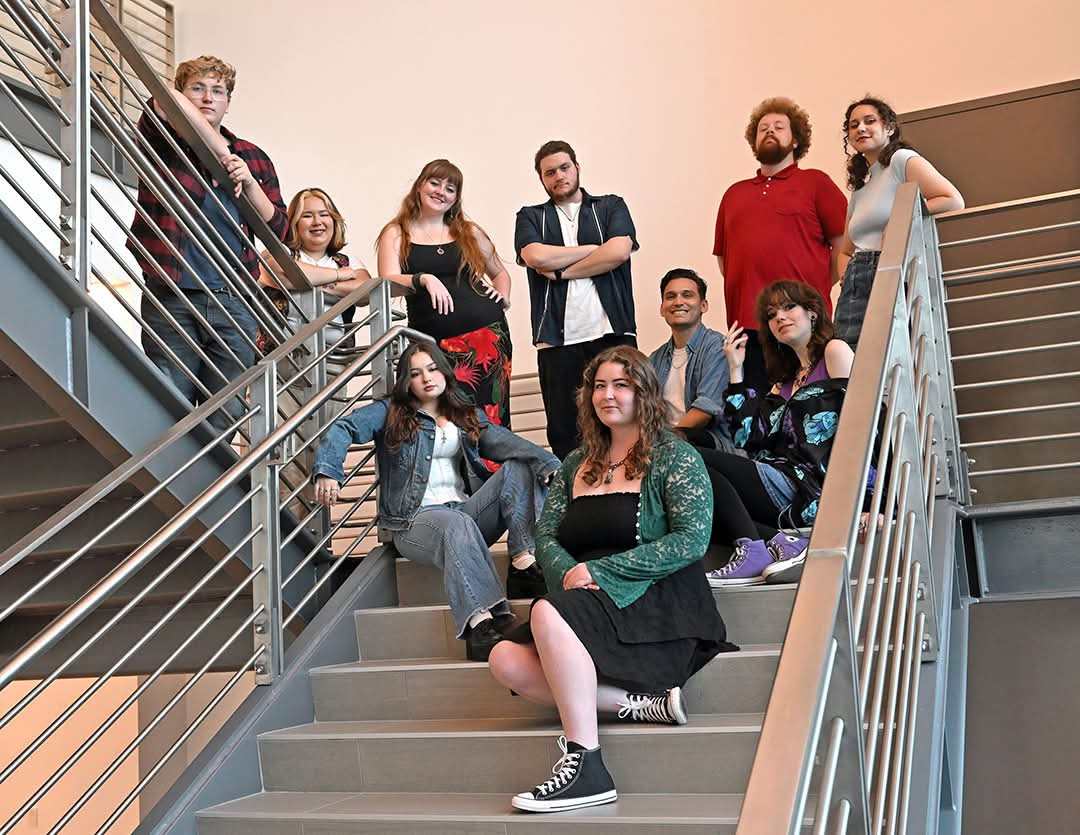On Sept. 16, 1810, around 2 a.m. in the state of Guanajuato, Mexico, Miguel Hidalgo y Castilla rang the church bells in a town now called Dolores Hidalgo and gathered a crowd of indigenous and mestizos (mixed race) people to issue the “Grito De Dolores,” or the “Cry of Dolores.”
According to Grossmont Professor Dr. Carlos Contreras, Hidalgo said: “We must act at once! Will you not defend your religion and your rights as true patriots? Long live our Lady of Guadalupe! Death to bad government! Death to the Gachupines!”
Mexican Independence Day celebrates this particular moment every Sept. 16. But according to two Ethnic Studies professors at Grossmont, the moment was long in coming.
Hidalgo’s call for liberation from Spain was followed by 11 years of war for independence from Spain, but their desire for separation wasn’t overnight.
Before 1810, the Haitian Revolution “was the first successful slave rebellion and it was able to become its own country apart from the French empire,” Grossmont Professor Dr. Omar Padilla said. It inspired other countries throughout the Americas.
So, “to fully understand why it took place in 1810, Sept. 16, we need to understand 300 years of colonialism,” Contreras said.
The culturally rich country we know as Mexico was once called New Spain. Contreras described New Spain as a “dynamic and robust” economy that exported sugars, raw materials, chocolate and silver, with many inequalities. These inequalities led to those being tired of high taxes, colonialism, restricted social mobility and political offices reserved for those close to the crown of Spain.
While in a literary club organized by Hidalgo, Ignacio Allende and Doña Josefa Ortiz de Dominguez secretly plotted the separation from Spain. They were to strike on Dec. 8, 1810, until word got out and Spanish authorities issued their arrest.
“In the middle of the night had this call to arms,” Padilla said, referring to Hidalgo’s now-famous “Grito De Delores.” “So, that kind of started this insurrection movement.”
When Mexican Independence Day is commemorated, the three names that are signified are Miguel Hidalgo, Jose Maria Morelos and Vicente Guerrero. Hidalgo was the priest who started the movement to redistribute land, abolish the caste system and independence from Spain. Sadly, his leadership ended in 1811 when he was captured and decapitated, strung by a pole as a public service announcement by the Spaniards warning those who joined the movement.
Morelos, an Afro-Mestizo priest, continued the movement with Hidalgo’s values in mind, leading the war with guerrilla tactics until 1815.
Guerrero was an Afro-Mestizo general who prioritized abolishing slavery and the racial caste system, which he then accomplished during his presidency in the late 1820s.
The celebrations begin Sept. 15 at 11 p.m. outside the National Palace in Mexico City. The president will deliver a modernized version of the Grito from the palace to start the festivities. Ending the Grito with the famous chant “¡Viva México!” translating to “Long Live Mexico!”
“It is super moving to hear those words,” Padilla said. “It’s a way to demonstrate and to call pride on Mexican identity and to unify people who identify as Mexican or Mexican-American.”
Mia Garcia, a second-generation Mexican-American and Grossmont student, said, “When I hear [‘¡Viva México!’] it reminds me of the movement that happened in Chicano Park.” Garcia is referring to a community movement that protested land takeover in San Diego, showing the phrase’s ability to call supposed authority into question.
Grossmont student Alejandra Miranda, a first-generation Mexican-American, recalled celebrating Independence Day with her family in Sinaloa, Mexico. She described it as similar to the Fourth of July with food and a family gathering.
In America, Mexican Independence Day is significant for Mexican Americans to express pride in their heritage and family origin.
Conteras called it a “bi-national celebration” that not only celebrates its country’s independence but “its place in the world, its cultural exports (and) its Mexican diaspora.”
Mexican Independence Day
300 years of colonialism, a secret club and a cry.
Nathaly Estremera, Staff Writer
September 14, 2024
0
Donate to The Summit
$0
$500
Contributed
Our Goal
Your donation will support the student journalists of Grossmont College. Your contribution will allow us to purchase equipment and cover our annual website hosting costs.
More to Discover
About the Contributor

Nathaly Estremera, Editor-in-Chief
Journalism major who hopes to transfer to SDSU in the fall to study public relations. In her free time, she enjoys reading, traveling and socializing.








